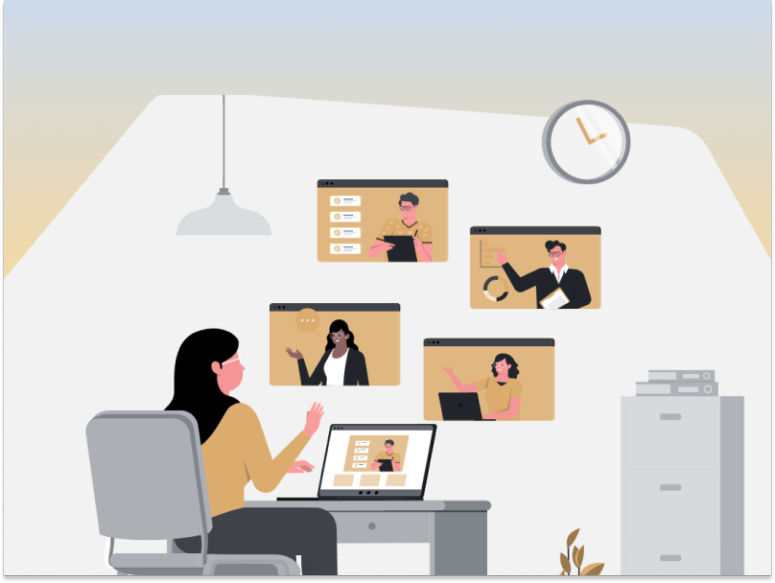User guides for global markets
Companies who want to conquer global markets should consider internationalization: making the product easily adaptable to customers’ needs in different countries already in the design phase. Information for use is part of a product, so technical communicators can adopt the same strategy. Writing for translation (working on the source text with localization in mind) can spare unpleasant surprises.
What can go wrong?
There are many challenges technical communicators can face when adapting ready source text to the needs of a particular country. Those difficulties are mainly related to cultural, legal, and linguistic aspects. Let us discuss them briefly:
- Cultural differences
Technical communicators write for a user. But for what kind of user? The images perfectly suitable for users in one country can be considered offensive in another, the colors can have different meanings, and the expectation of the level of detail may vary depending on if we address high- or low-context cultures.
- Legal considerations
We can have different legal and regulatory requirements for technical documentation in different countries, even within the same industry. As a result, modification of the intended use or disclosure of additional information might be necessary. Those changes can be time-consuming and impact the document’s layout, as adding a few paragraphs might require the adjustment of the table of contents or cross-references used in the source text.
- Linguistic aspects
Finally, we can face challenges with the translation itself. For example, homonyms or inconsistent terminology can lead to translation mistakes, and text in the target language may fail to fit the space designed for the source text, e.g., English is more concise than, for example, French, German, or Turkish.
How to avoid problems?
There are different measures we can take to prepare our source text for travel around the world.
- Addressing international audience:
We can create personas with various cultural backgrounds to ensure we address users from different countries. This way, it will be easier to think about their needs when writing the instructions. Finally, to verify our assumptions, we can do the usability tests of the user guide with an international audience.
- Modularization for legal and regulatory requirements:
If we know from the start all the markets our company is aiming for, and if the legal and regulatory requirements are not contradictory, we can address them all in our source material. The solution does not seem user-friendly, though, as it leads to the creation of information irrelevant to most of the readers.
Modularization is a much better option as it allows creating and reusing the chunks of independent information in configurations valid for different markets. We reuse the existing global modules and create new ones with information necessary to fulfill specific countries’ legal and regulatory obligations. Only added content and the overall information structure must be approved, and variants can be traced and assembled with component content management systems.
- Following the established technical writing rules:
Both the source text and translation gain clarity when we use the following:
- one word for one concept,
- short sentences with standard word order,
- active voice,
- relative pronouns.
You can consult more detailed articles on those rules, e.g., this one. Then, codify the rules relevant to your documentation in a style guide.
Conclusion
We should not treat localization as one of the last steps in the documentation lifecycle but think about it from the beginning of creating user guides. Internationalization and writing for translations help provide efficient and adapted information for different users worldwide.
If you want more information on technical documentation and internationalization, follow TCLoc on LinkedIn.



